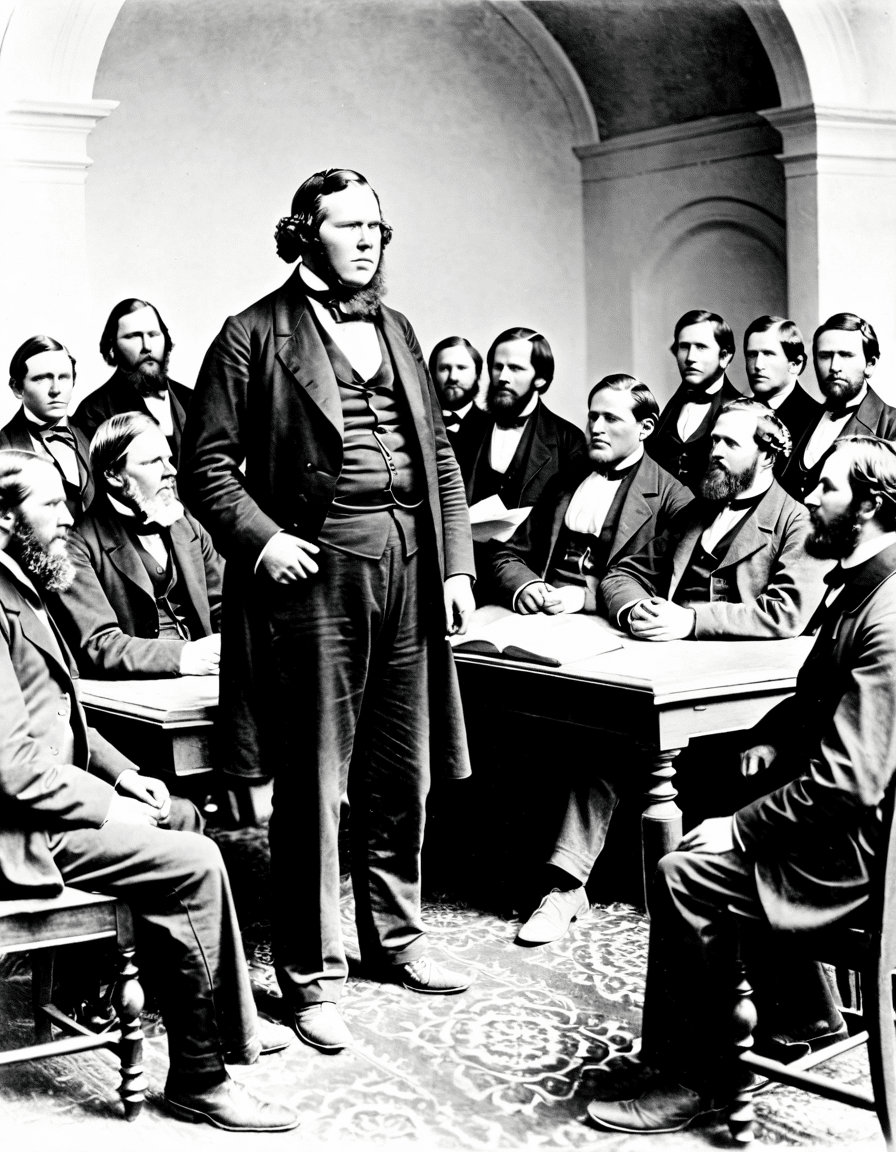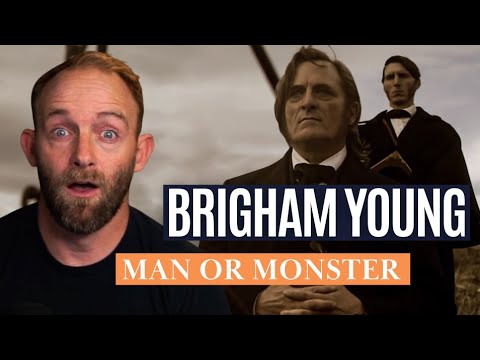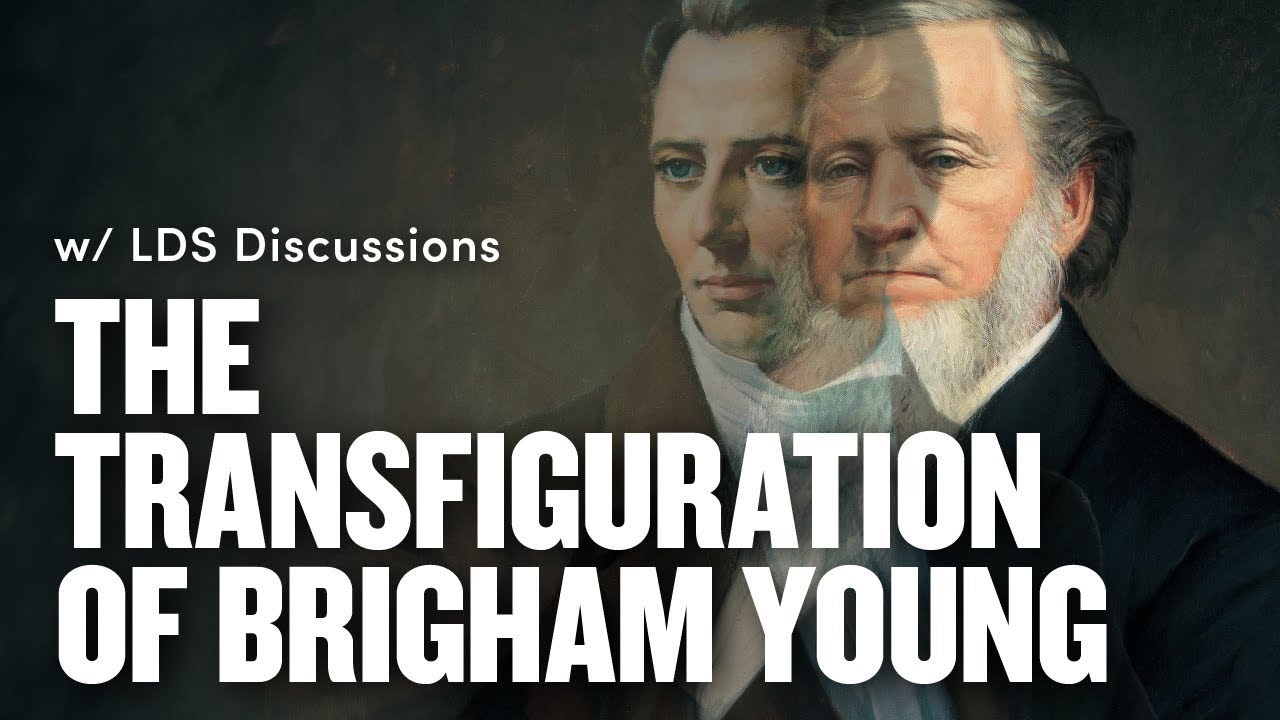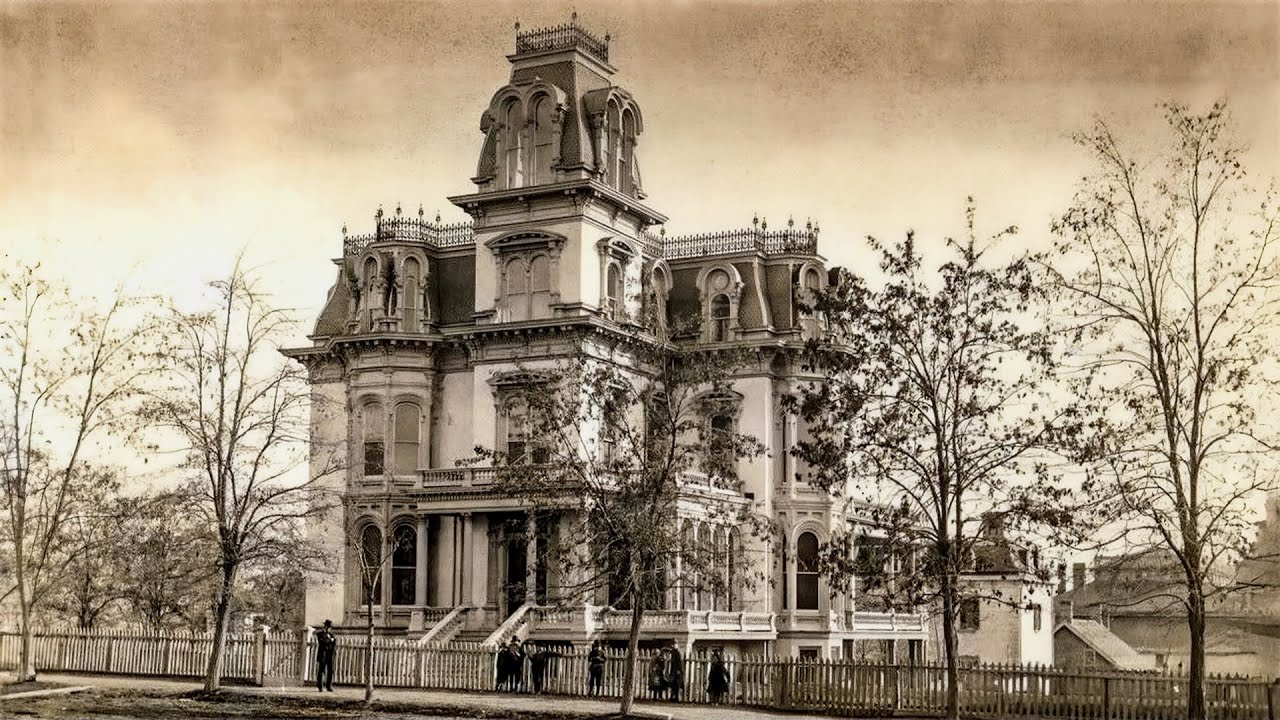1. Who Was Brigham Young? A Brief Background on the Pioneer Leader
Brigham Young was born in 1801 in Vermont, and from the get-go, his life was far from ordinary. His upbringing lacked formal education; he was a hardworking carpenter, yet his journey eventually carved him into a monumental figure in American history. When Joseph Smith, the founder of the Church of Jesus Christ of Latter-day Saints (LDS Church), was assassinated in 1844, Young stepped up as the church’s second president. His leadership came at a time when the new religious movement was facing tremendous adversity and change.
Under his guidance, Young transformed the LDS Church and spearheaded the migration to Utah. Imagine a caravan of wagon trails trudging across the rugged frontier, over mountains and through valleys, as faithful followers sought sanctuary from persecution. This incredible migration, also known as the “Mormon Exodus,” wasn’t just a physical journey but a bold assertion of faith and identity during a turbulent time in American history. Young’s complex legacy intertwines hope, struggle, and controversy, capturing the essence of a new movement.
But it wasn’t all sunshine and rainbows; Young’s life also raises significant questions about displacement and the ethical implications of westward expansion. The very lands that promised a new beginning for the Mormons came at a cost—one that heavily impacted Native American tribes inhabiting those territories. Brigham Young’s multi-faceted legacy tells a story filled with triumph and trials, shaped by the values and struggles of its time.
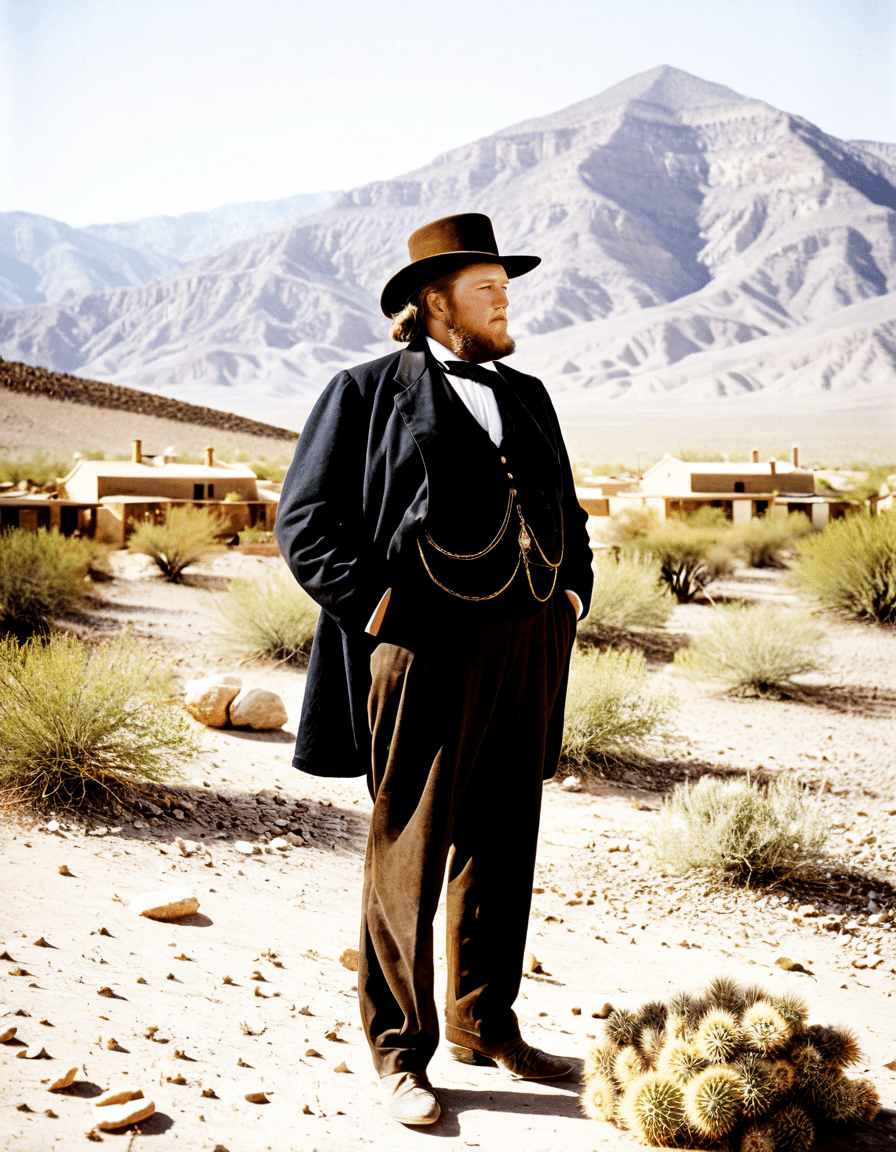
2. The Top 5 Controversial Actions of Brigham Young
Brigham Young was no stranger to controversy. His tenure as leader of the LDS Church involved numerous bold decisions that set the stage for debates extending into modern times. Here are five major actions that showcase the intricacies of his leadership:
After Joseph Smith’s death, Young led followers to Utah, establishing Salt Lake City as a safe haven. This pilgrimage was challenging, with harsh weather and scarce resources. Yet, it opened questions about the ethical implications of displacing Native American tribes, igniting discussions that linger in contemporary society.
Young championed polygamy within the church, establishing it as a normative practice. He believed this would strengthen their community and bolster the church’s growth. However, it drew scorn from society and led to legal confrontations with the U.S. government that reverberated through generations.
Bold as brass, Young often clashed with federal authorities. The Utah War (1857-1858) was a defining moment when President James Buchanan dispatched troops to quell what he saw as rebellion. Young’s defiance raised eyebrows and set the stage for larger conversations about state versus federal power in America.
Native American communities faced significant displacement due to Young’s policies. His relationships with these tribes varied, oscillating between conflict and occasional cooperation. Such decisions left lasting effects on indigenous rights and land ownership, setting a troubling precedent for future dealings.
Despite his controversial practices, Young believed in education and social welfare. He notably founded the University of Deseret, focusing on literacy and health within the church community. This visionary approach was a silver lining in an otherwise cloudy record, illustrating the balance of his multifaceted leadership.
3. Brigham Young and Modern Implications: How His Leadership Shapes Contemporary Conversations
Fast forward to today, and Brigham Young’s legacy continues to spark intense debate. As the world embraces movements for LGBTQ+ rights and women’s rights, Young’s policies—especially concerning polygamy and gender roles—are under the microscope. His past actions provide a cautionary tale about governance that influences current discussions.
The LDS Church’s evolution reflects this shifting narrative. Present leaders often balance acknowledging history while adapting to today’s moral expectations, which is no small feat. Young’s complex relationship with the law—both religious and secular—forces us to consider accountability in leadership. The very fiber of his policies encourages a dialogue that resonates with modern movements for equality and justice.
In pop culture, the stories surrounding Brigham Young have garnered attention, including criticisms of portrayals in series like the Netflix adaptation of “American Primeval,” which the LDS Church publicly disavowed in 2025. This contemporary discourse showcases how historical figures remain deeply relevant, urging us to reassess their legacies against our current social fabric.
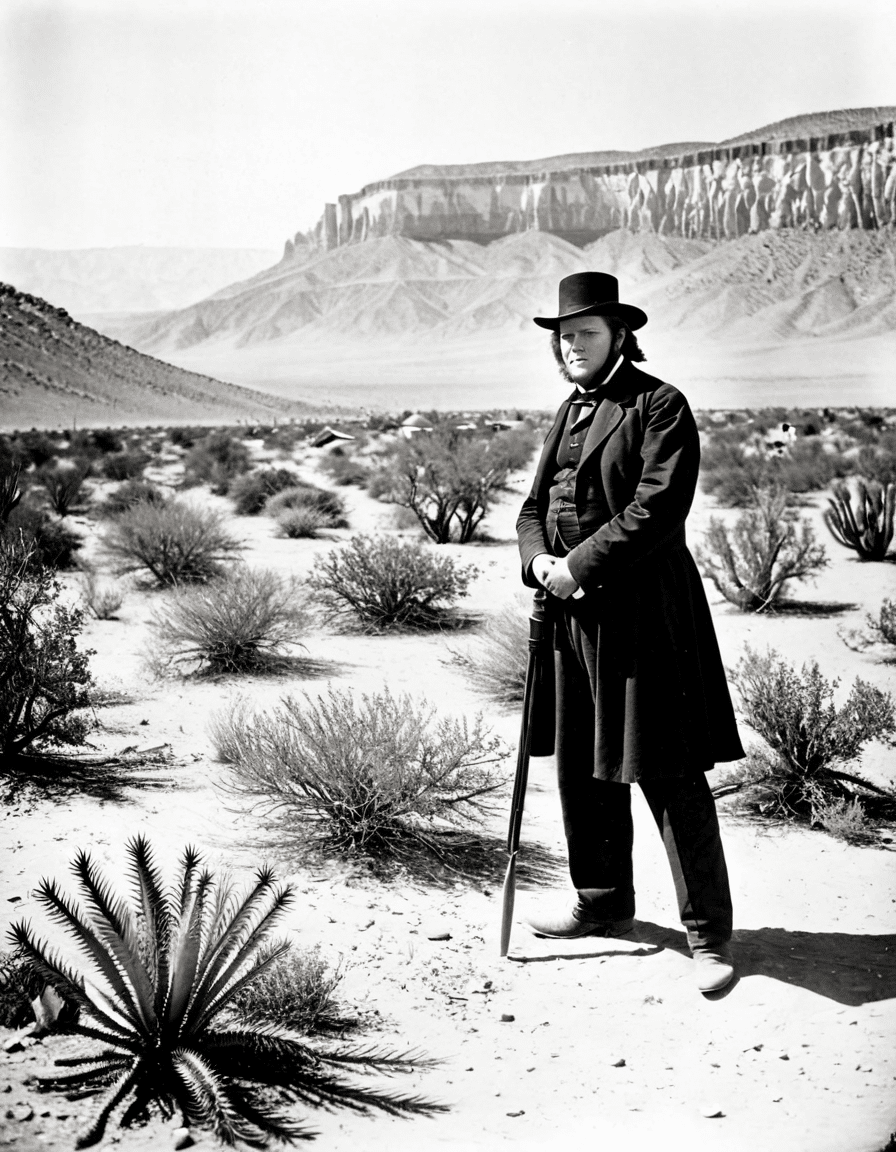
4. Brigham Young’s Religious Philosophy: Framework for a New Movement
At the core of Brigham Young’s teachings was a revolutionary idea: community and independence. He advocated for a direct relationship with the divine, eschewing some traditional Christian doctrines of the time. Followers found in him a sense of belonging, an ethos wrapping around the fabric of their lives amidst adversity.
His teachings emphasized the significance of self-sufficiency, which mirrored the pioneering spirit of many Americans at that time. Young’s community-oriented philosophy resonated not just within the LDS Church, but it also echoes in modern spiritual movements focused on inclusivity and shared experience. His blend of innovation and tradition shaped a framework for what would become a booming religious movement.
To this day, many look to Young’s philosophies for insights into modern-day challenges. Leaders across various fields can learn from his successes and failures, as they strive to craft communities that honor both past traditions and contemporary values.
5. Assessing Brigham Young’s Impact: A Dual Lens of Praise and Critique
Brigham Young’s legacy is a dichotomy of admiration and scrutiny, much like a classic film with unexpected twists—a story like “Once Upon a Time” that doesn’t simply follow a linear path. He’s praised for his pioneering spirit and exceptional organizational skills that led to thriving settlements in the West. But his autocratic style and the policies that marginalized others invite critical reflection, pushing us to ask hard questions about the ethics of leadership.
This dual lens isn’t just reserved for historical analysis; it extends into discussions of morality in leadership today. Innovative ideas can sometimes come hand in hand with questionable ethics, and Young’s life illustrates that delicate balance. We strive to honor our leaders while also holding them accountable, forever linked in a dance of admiration and critique.
Ultimately, Brigham Young’s life encapsulates the eternal struggle to reconcile ambition with ethics—a narrative that continues to influence dialogues on responsible governance, faith, and societal progression in modern America.
Revisiting Brigham Young: Understanding the Controversial Nexus of Faith and Leadership
Brigham Young represents a captivating study of the interplay between faith, leadership, and societal change. His life poses profound questions we grapple with today: What sacrifices are justified for the greater good? How do we embrace the legacies of those who inspire both admiration and dismay?
By staying engaged with figures like Brigham Young, we pave the way for deeper introspection and understanding, prompting us to remain vigilant and empathetic. The legacy of Young shows us that history is not just about tracing the past; it’s about recognizing its impact on our future and ensuring that we choose our paths wisely.
In Conclusion
Brigham Young stands as a dynamic figure whose multifaceted legacy stirs dialogue across generations. His adventurous spirit and controversial choices invite us to explore the depths of leadership, ethics, and what it means to carve out a community amidst adversity. Whether you’re a fan of cinematic narratives, historical dramas, or simply intrigued by complex leadership figures, the story of Brigham Young holds a lesson for all.
Extra Links to Explore
With Brigham Young’s story as a backdrop, engage in continuing dialogues about leadership, faith, and social responsibility. Through our retrospection, we build towards a future informed by the intricacies of our past—an exploration worth embarking on!
Brigham Young: A Controversial Leader of a New Movement
Early Life and Influence
Brigham Young, often known as the “American Moses,” wasn’t just a pivotal figure in the establishment of the Mormon community; he had quite the colorful past. Before leading thousands to Utah, Young was a skilled carpenter and a successful businessman. Interestingly, he even worked as a local joiner, creating furniture that would find its way into many homes. There’s a fascinating story about Young’s early work habits, which some say were comparable to that of Amy Carter, famed for her diligence during her father’s presidency. The hardworking ethos might not have seemed out of place in Young’s upbringing, given his desire for community and progress.
Leadership and Legacy
Brigham Young’s leadership style was as dynamic as the locations he traversed. When he and his followers settled in the barren Great Salt Lake Valley, it was less about finding a place to call home and more about turning a desert into a flourishing settlement. Under his guidance, they built infrastructure and cultivated agriculture, demonstrating that determination can reshape landscapes. You might say, finding a place for themselves was akin to applying for a Rehab loan—taking a rundown area and transforming it into something viable and prosperous. Young’s vision for the future was clear and ambitious, making him a figure of admiration as well as controversy.
Controversy and Criticism
Of course, Brigham Young wasn’t without his critics. His policies on plural marriage and his steadfast opposition to the U.S. government stirred quite the pot, leading some to question whether his leadership brought blessing or strife to those who followed him. Many believe this created a significant divide, with some seeing him as a prophet and others as a tyrant. It’s intriguing, though, how this dichotomy often mirrors modern societal debates, much like the ones surrounding political figures today. Young’s legacy continues to stir both admiration and discontent, reflecting the complexities of leadership in any movement.
